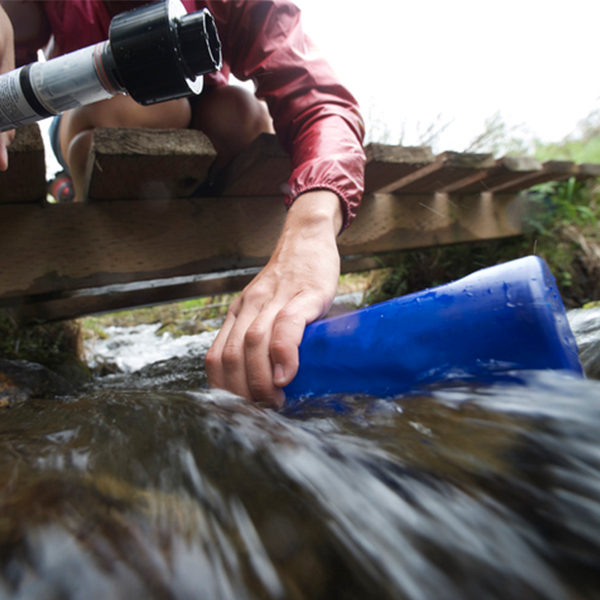How can you design the least “expensive” water filter?

Hiker filling a water bottle (Hagephoto, Getty Images)

Hiker filling a water bottle (Hagephoto, Getty Images)
How does this align with my curriculum?
AB
4
Science 4 (2023)
Earth Systems: Understandings of the living world, Earth, and space are deepened by investigating natural systems and their interactions.
AB
2
Science 2 (2023)
Earth Systems: Understandings of the living world, Earth, and space are deepened by investigating natural systems and their interactions.
AB
8
Knowledge and Employability Science 8, 9 (revised 2009)
Unit E: Freshwater and Saltwater Systems
BC
11
Science for Citizens 11 (June 2018)
Big Idea: Scientific understanding enables humans to respond and adapt to changes locally and globally.
BC
12
Environmental Science 12 (June 2018)
Big Idea: Human actions affect the quality of water and its ability to sustain life.
NS
7
Science Grade 7 (2020)
Learners will analyse particle theory in relation to substances in environments
NU
8
Knowledge and Employability Science 8 (Alberta, Revised 2009)
Unit E: Freshwater and Saltwater Systems
ON
11
Environmental Science, Grade 11, University/College (SVN3M)
Strand C: Human Health and the environment
YT
12
Environmental Science 12 (British Columbia, June 2018)
Big Idea: Human actions affect the quality of water and its ability to sustain life.
YT
11
Science for Citizens 11 (British Columbia, June 2018)
Big Idea: Scientific understanding enables humans to respond and adapt to changes locally and globally.
